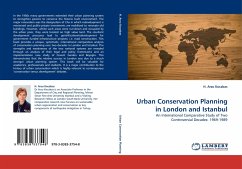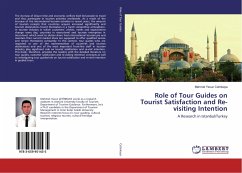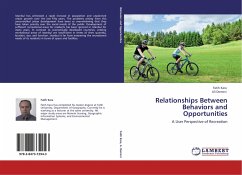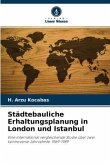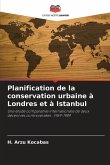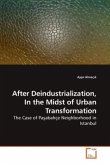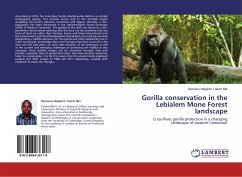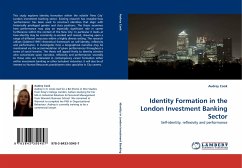In the 1960s many governments extended their urban planning system to strengthen powers to conserve the historic built environment. The major innovation was the designation of CAs in which redevelopment is minimised and public-private investments are mobilized to renovate old buildings. However, whilst such areas were run-down and occupied by the urban poor, they were located on high value land. The resultant development pressures lead to gentrification/redevelopment for government funded infrastructure projects; i.e. road construction. This book provides a unique, systematic, international comparative analysis of conservation planning over two decades in London and Istanbul. The strengths and weaknesses of the two national systems are revealed through an analysis of their legal and policy frameworks and an implementation case study of Covent Garden and Beyoglu. This demonstrates that the relative success in London was due to a much stronger urban planning system. This book will be valuable for academics, professionals and students. It is a major contribution to the history of urban conservation which is highly relevant to contemporary conservation versus development debates.
Bitte wählen Sie Ihr Anliegen aus.
Rechnungen
Retourenschein anfordern
Bestellstatus
Storno

